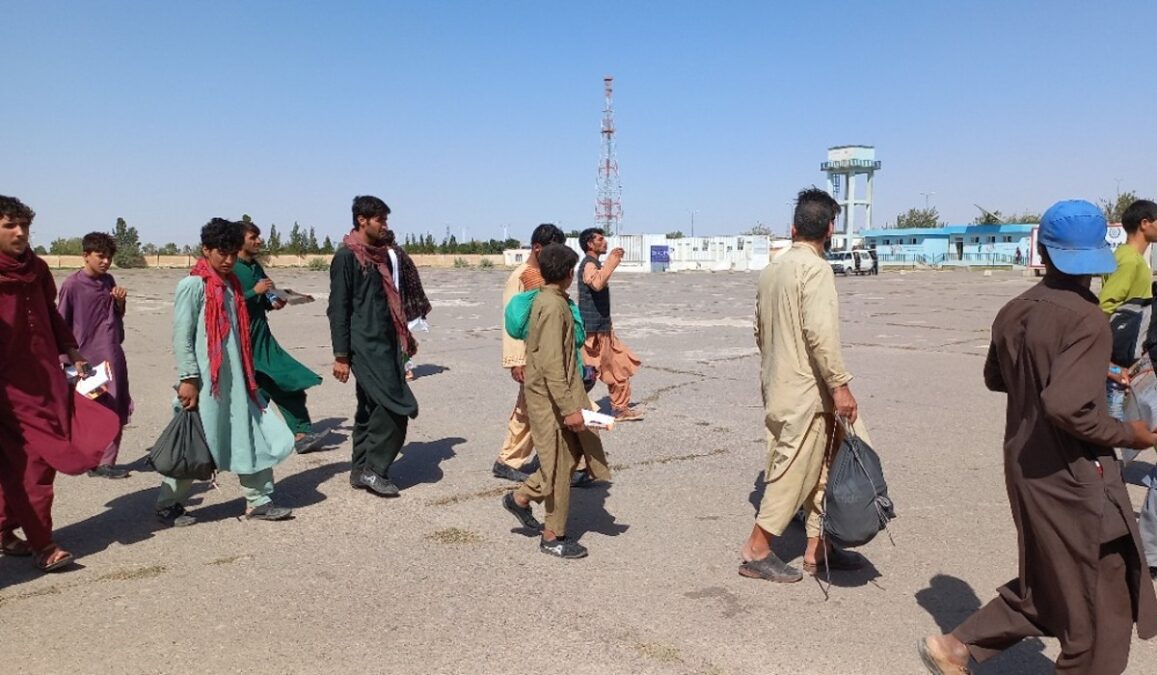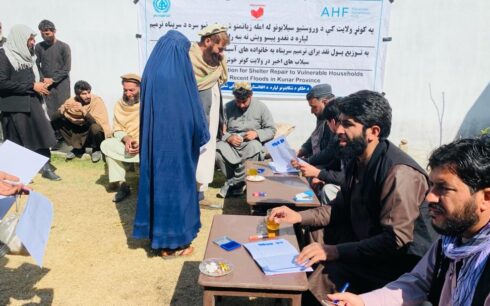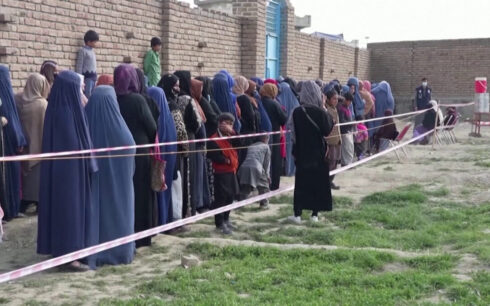Iranian authorities reported on Sunday the deportation of 56,356 Afghan migrants through the country’s border with Afghanistan’s Nimroz province over the past four months, reflecting a 23 percent increase from the previous year.
The deportations occurred between March 21 and July 21, 2023. This sharp rise in expulsions comes as Iran’s stance toward Afghan migrants has hardened, especially since the Taliban’s return to power. Afghan migrants in Iran face numerous challenges, including limited access to essential services and frequent deportations.
The Taliban-run Ministry of Refugees has indicated that, on average, between 1,000 to 2,000 Afghan migrants are returned from Iran each day, either forcibly or voluntarily.
The United Nations estimates that around three million Afghan migrants currently reside in Iran, many of whom struggle with access to healthcare, education, and other basic services due to restrictive government policies and widespread societal discrimination.
This surge comes amid deteriorating conditions for Afghan refugees in Iran, who face limited access to healthcare, education, and basic services.
The situation underscores the broader challenges facing Afghan migrants in Iran, where restrictive government policies and societal discrimination have exacerbated their struggles.
Moreover, the geopolitical context—marked by Iran’s internal economic difficulties and strained international relations—further complicates the situation for Afghan migrants. As international attention shifts to other global crises, the plight of Afghan refugees in Iran risks being overshadowed, even as the numbers of those displaced continue to grow. The increasing deportations may also lead to greater instability in Afghanistan, where the economic and security situations remain dire under Taliban rule.





